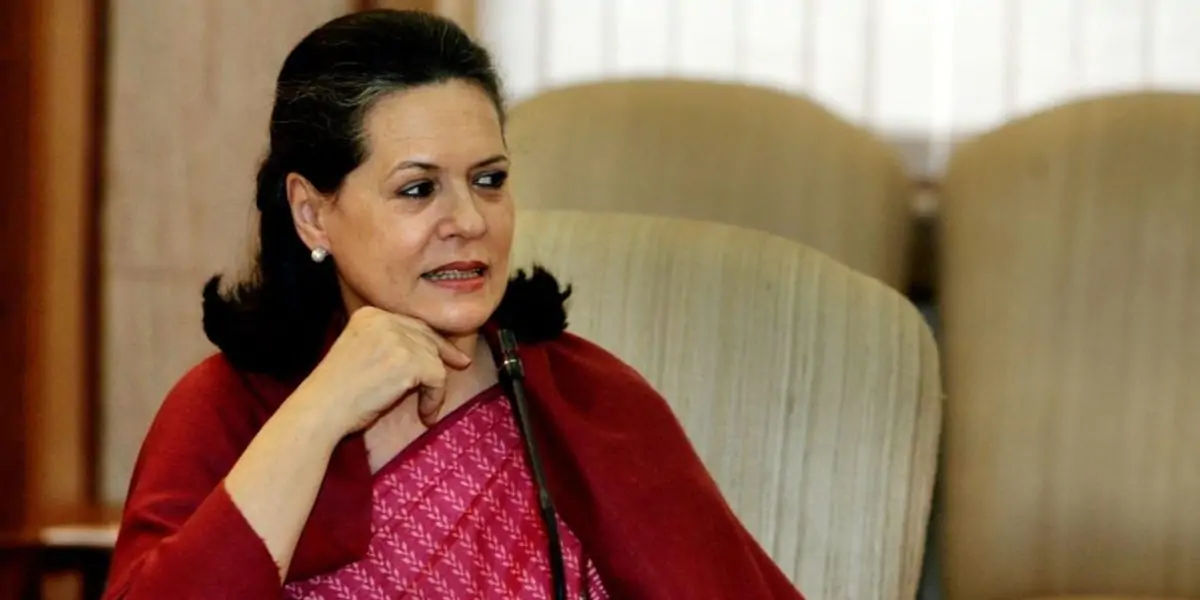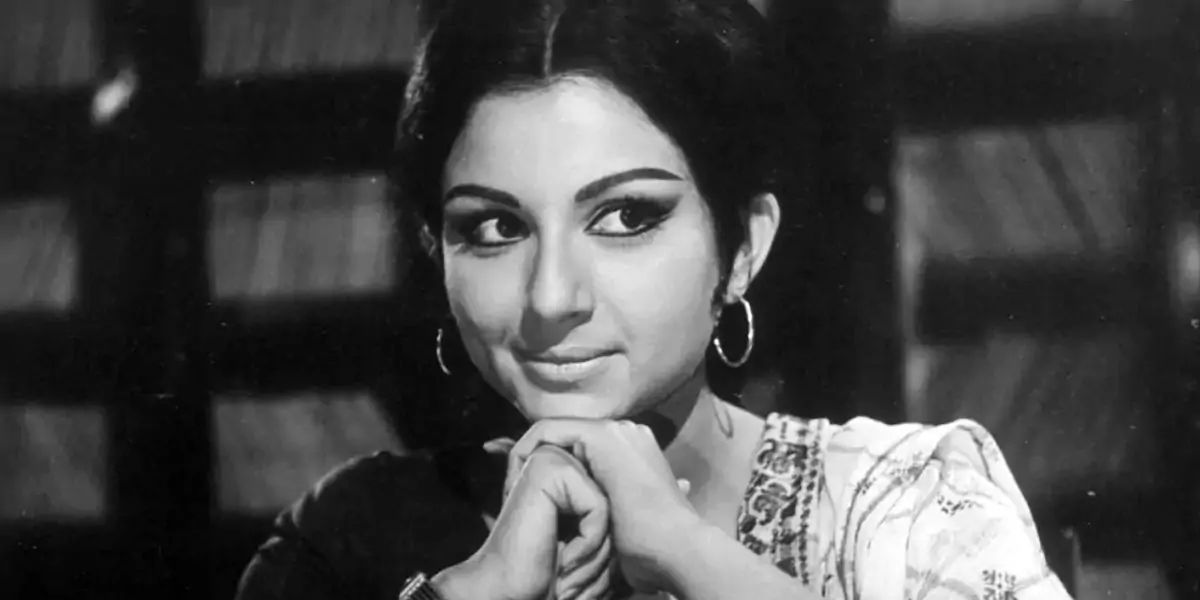Mary, Queen of Scots, Queen of Scotland, was born at Linlithgow Palace, Scotland, in 1542.

Mary, Queen of Scots, commonly known as Mary Stuart or Mary I of Scotland, reigned as Queen of Scotland from 14 December 1542 until her forced resignation in 1567. Mary, King James V of Scotland's only legitimate child, was six days old when her father died and she ascended to the throne. She spent the most of her upbringing in France when Scotland was controlled by regents, and she married France's Dauphin, Francis, in 1558. From his ascension in 1559 to his death in December 1560, Mary was the queen consort of France. Mary returned to Scotland when her husband died, landing in Leith on August 19, 1561. She married her half-cousin Henry Stuart, Lord Darnley, four years later, and they had a son, James, in June 1566
Related On This Day

Alfred Nobel, the Swedish scientist who created dynamite and organised the Nobel Prize ceremony on this date, died at the age of 63 in 1896.

Matt Damon, star of "Bourne," married Argentine-born Luciana Barrosa in 2005 at the Manhattan Marriage Bureau outside New York City Hall.

Sonia Gandhi aka Edvige Antonia Albina Maino (Antonia Maino for Short), an Indian politician of Italian origin, was born in Lusiana, Veneto, Italy, in 1946.

C. Rajagopalachari, India's liberation warrior and the country's first Governor General, was born in Thorapalli, Madras Presidency, British India, in 1878.

Judi Dench, the British actress best known as M in the James Bond films, was born in York, England in 1934.

The year was 1982. Nicki Minaj is a rapper and singer from Trinidad and Tobago. She was born in Saint James, Port of Spain.

Shatrughan Sinha, an Indian actor and politician, was born in 1946 in Patna, Bihar, British India.

In 1930, Indian Chandrasekhara Venkata Raman is awarded the Nobel Prize in Physics for his work on light scattering, making him the first Asian and non-white person to receive the award.

Rabindranath Tagore, a Bengali poet, is the first non-European to receive the Nobel Prize in Literature in 1913 for his work "Gitanjali."







